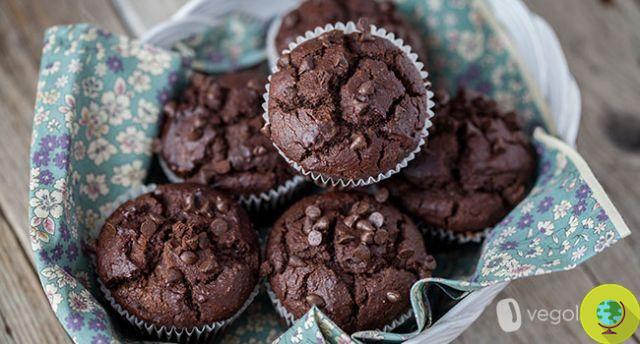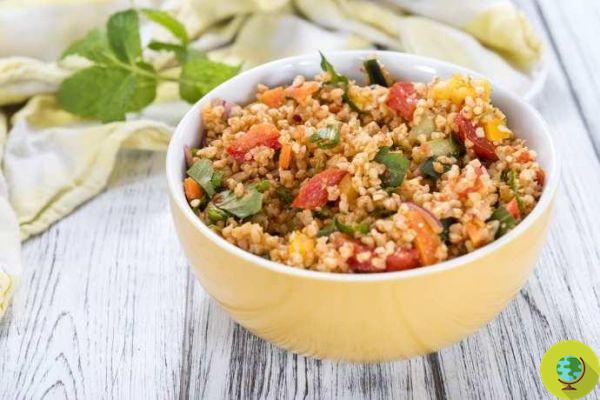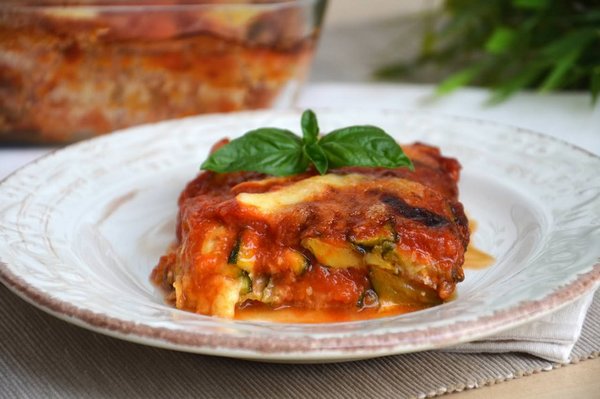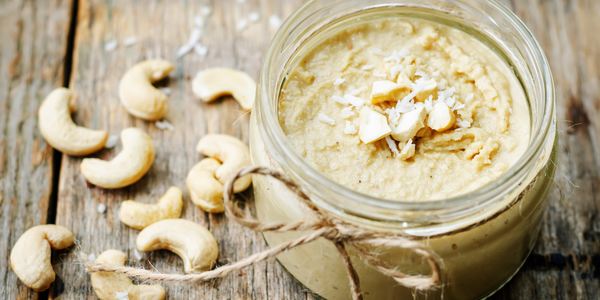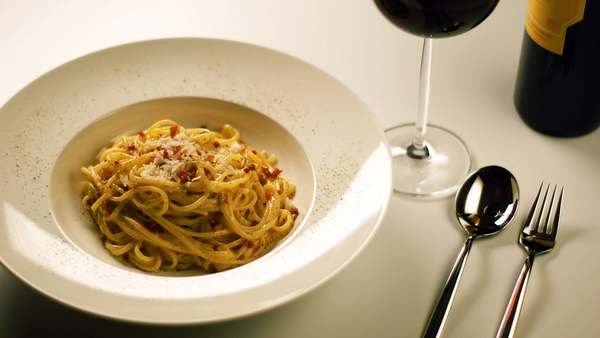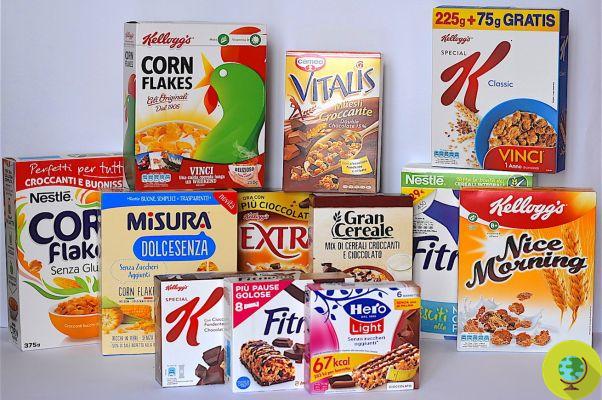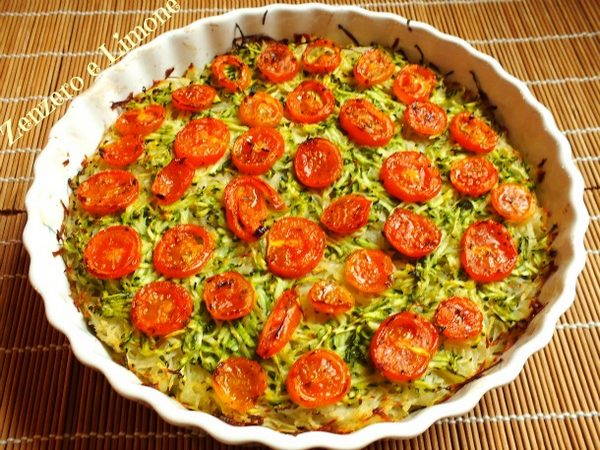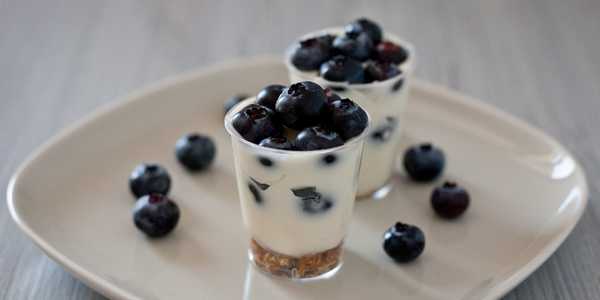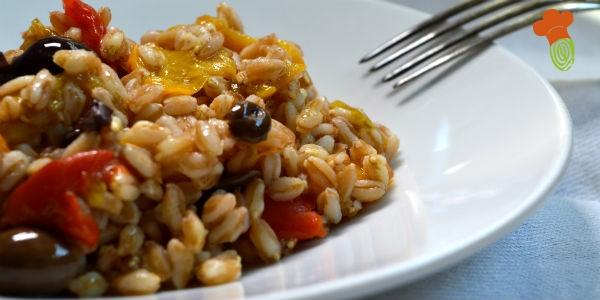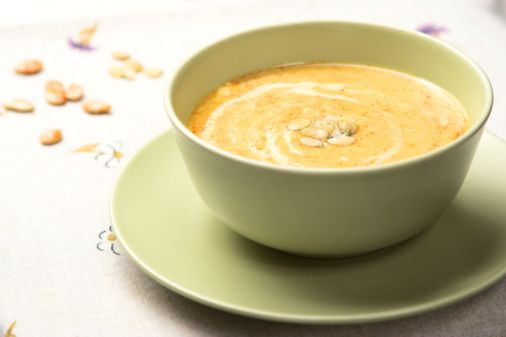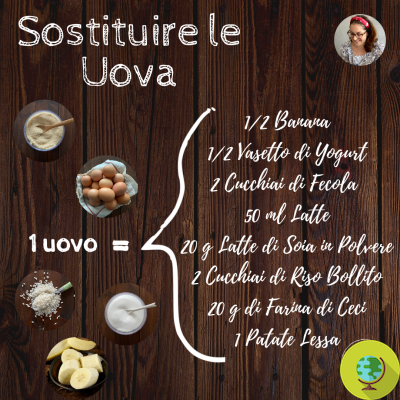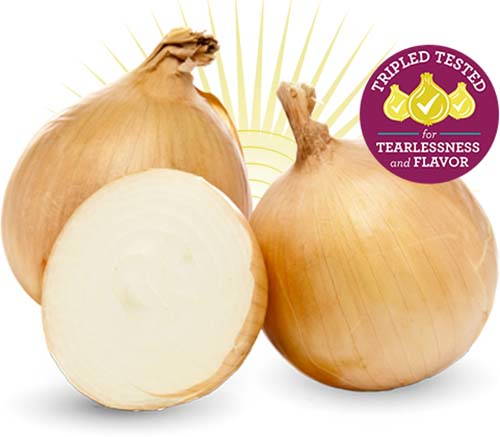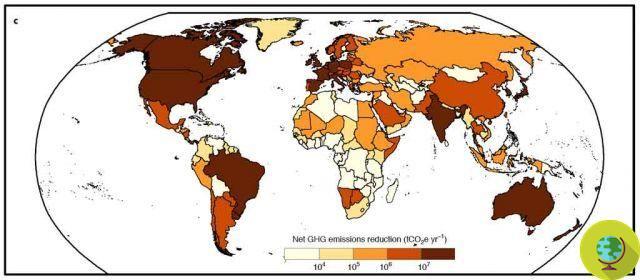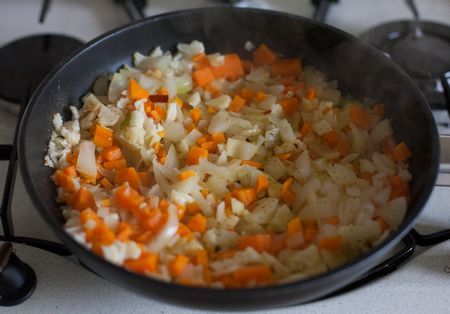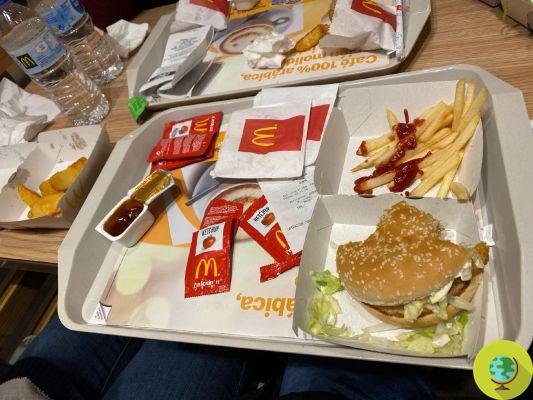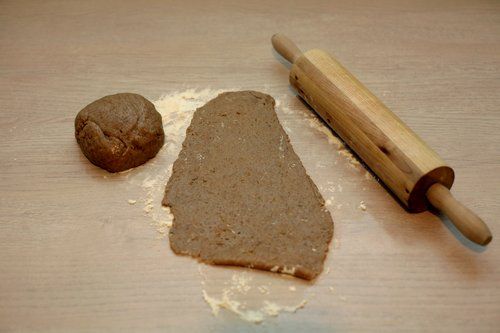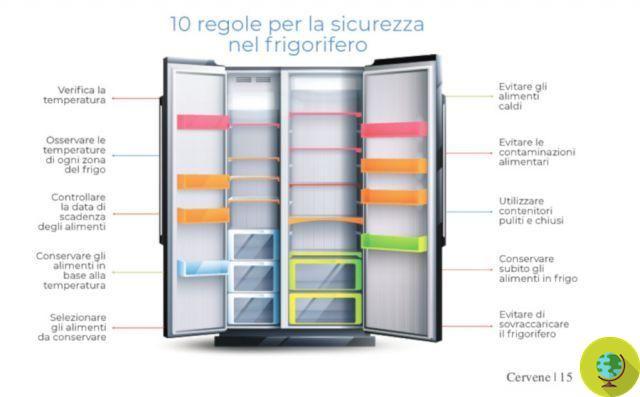
Storing food properly in the summer months becomes even more important. Many things must be stored in the fridge to prevent them from spoiling and having consequences for our health. For this reason, the Directorate-General for Communication and Institutional Relations, in collaboration with the Directorate-General for Hygiene and Food Safety and Nutrition, has known the My Fridge dossier which provides advice on how to use the refrigerator at home better. , in a few simple steps
Don't store avocado like this: it's dangerous
Store food properly in the summer months it becomes even more important. Many things must be stored in the fridge to prevent them from spoiling and having consequences for our health. For this reason, the Directorate-General for Communication and Institutional Relations in collaboration with the Directorate-General for Hygiene, Food Safety and Nutrition, made known the dossier My fridge which provides advice for make better use of the refrigerator at home, in a few simple steps.
The document explains that it is not just a question of enjoying a fresh drink to feel refreshment from the summer heat, but it is above all a question of optimizing the space in the fridge to keep our foods healthy and intact until the moment of their consumption. And here are the 10 rules of the Ministry of Health to properly store food in the fridge.
1. Check the temperature inside your refrigerator. The internal temperature must be adjusted around 4-5 ° C (on the central shelf) to preserve food in the best way. Furthermore, the fridge must be placed away from heat sources. It is also good to open it only when needed and close it again quickly.
2. Each area of the refrigerator maintains different temperatures. The coldest part of the refrigerator is the lowest shelf, immediately above the vegetable drawer (about + 2 ° C), while the least cold part is the door. However, since the new generation refrigerators have different refrigeration systems, only the instruction booklet can give you precise and correct information on the management of internal spaces.
3. Avoid storing foods long after their expiration date. For products to be stored in the refrigerator we speak of "expiry": it is the date by which a food it can be sold and consumed. The date must indicate, in order, the day, the month and possibly the year. By that date, the manufacturer guarantees the healthiness and organoleptic characteristics of the product. The storage conditions and possibly the temperature according to which the period of validity was determined must also be indicated on the package. In any case, it is not necessary to throw away the foods after their expiration date, especially when the words'da consummate if preferably I enter'but it is good not to keep them for a long time and consume them as soon as possible.
4. Each food has its own "storage temperature". Meat and fish must stop in the coldest part (usually the lowest compartment). Gutted and washed fish must be consumed within 24 hours. The meat has different storage times depending on the type of cut and composition: it must be consumed within 24 hours if ground, within 48 hours if chicken or turkey, within 3 days in the case of unwrapped cold cuts and fresh meat in general. The central part (usually 4-5 ° C) is suitable for eggs, dairy products, sweets made with creams and whipped cream and those foods to be kept in the refrigerator "after opening". In the higher temperature area (usually the drawer in the lower part) vegetables and fruit are stored which can be damaged by too low temperatures; these must be consumed quickly to avoid deterioration.
5. The refrigerator is not suitable for any food. Not all foods need to be kept in the fridge, on the contrary, they could be damaged, such as exotic fruit, citrus fruits (the cold can make them bitter), tomatoes, green beans, cucumbers and courgettes, or even the bread that becomes stale faster in low temperatures. Fruits and vegetables that have yet to ripen should be stored at room temperature.
6. Never put hot food in the refrigerator. If you cook, it is a good idea to let the dishes cool completely before placing them in the refrigerator: this will avoid condensation and sudden rises in temperature on the shelf.
7. Beware of cross-contamination. Separate raw foods from cooked or ready-to-eat foods: this will allow you to prevent any microorganisms present in the former from being transferred to foods that will no longer undergo heat treatments before consumption.
8. Use clean, closed containers. It is always a good idea to keep food in clean containers or in the original packaging, because these show the expiry date and useful information for storage. Homemade foods should also be carefully stored in clean, lidded containers.
9. Clean the inside of the refrigerator regularly. It is good to clean the fridge often, even with water and baking soda or vinegar. Keeping the refrigerator clean and without ice accumulation on the walls ensures perfect functioning and maintenance of the refrigeration temperature.
10 Better to avoid stocks that are too large. Doing so avoids overloading the refrigerator with too many foods. The cold air inside must be able to circulate freely around the food. If there is not enough space between the products, the air will not be able to circulate and the correct temperature distribution will be hampered.
Francesca Mancuso
READ also:
- How to best preserve fruit and vegetables in the summer
- Summer 2010: how to properly store fruit and vegetables to avoid waste





